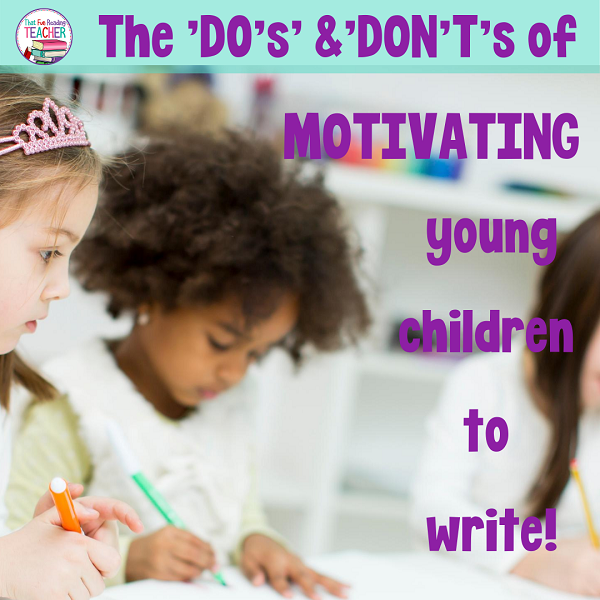What is familiar reading, and why is familiar reading sent home in the early years? Read on!
Parents often ask why their children bringing home books (or poems) they already know how to read. In teacher-speak, this is familiar reading. The more training and experienced an educator is in early literacy, the more of an advocate they are for encouraging this long proven best-practice!
Familiar books are books that the children have read before. It is important that they read books that are easy over and over again to practice reading fluently, which means that reading should sound smooth, not choppy. It should sound like talking, with expression and intonation. Children need to practice familiar books many times before their reading sounds quick, expressive and like spoken language. Good fluency leads to good comprehension, an easier transition to the next reading level and confidence.
HOW TO MAKE THE BEST OUT OF FAMILIAR READING:
1) Take a sneak peek yourself before you read it together
This will enable you to give the child a brief overview of what the story is about, the characters’ names and activities and a sense of where to direct the pre-reading conversation to ‘activate’ related vocabulary and / or any prior life experiences that will help your child connect on an emotional level to the book.
2) Have a quick look through the pictures together before reading the book, then ensure that your child knows to glance at the picture on each page before reading the words, and look back at it when needed.
Looking through all of the pictures prior to reading will give the reader a reminder of the entire story, from the beginning to the end, and will help him or her to predict what is coming up as he or she tackles the words and phrases on each page. It also helps refresh the reader’s memory for new vocabulary and character’s names to avoid stumbling on them in the middle of a sentence.
3) Take turns reading by alternating pages.
Your reading sets an example and the pace for your time together. It also helps you get through more stories in less time! Another perk? Reading comprehension. An experienced reader can bring characters to life with exaggerated voices, sound effects and expression. Check out how engaging master storyteller Robert Munsch is when reading aloud, for example. We’re competing with fast-paced Pixar animation and video games with this generation, after all! Munsch is a great model of how to BRING IT!
Another perk of shared reading is that both partners can be listening to ensure that what is being read makes sense. Want to jazz it up with a little humor? Check if your little reader is paying attention by throwing in something bizarre at the end of a sentence when it’s your turn to read something…
i.e. Once upon a time, there were three little pigs. The first little pig lived in a house made of gummy worms…
4) Keep it short and sweet!
A parent knows their own child best. Goal number one is to ensure an enjoyment of books and reading. Lighthearted fun, praise for a great time together and some laughter is a positive outcome. For four to eight year olds? Five to twenty minutes per session, max! (And for goodness sake, move around!)
5) Brag.
Tell everyone you know how much fun you had reading together (in earshot of your little reader).
Would you like to print a free guide of these tips? See the link below! Be sure to follow my TpT store to hear about Flash Freebies and sales by clicking here!
Thank you for visiting!











GREAT post! You make so many good points here that can help a lot of parents. Thank you so much for sharing at After School! Hope you keep coming back!
Thanks so much for stopping by Anna. I will be back for sure!
Great advice and SUPER helpful! Thanks for linking up to the After School Linky Party. I hope you’ll make our link up a regular stop as you blog hop each Monday!
Thanks so much!Loved being a part of it!